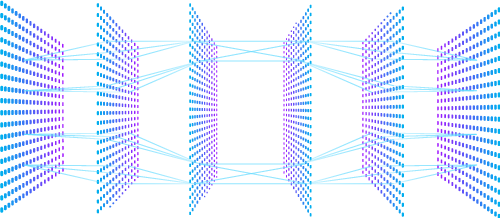What are Deep Dream AI Generation Techniques?
Deep Dream is a technique in AI art generation that uses deep neural networks to produce surreal and dream-like images. It was developed by Google in 2015 and has since become a popular method for creating abstract and psychedelic images.
The Deep Dream technique works by modifying the internal representations of a deep neural network. The network is trained to recognize and classify images, and each layer of the network contains representations of the input image at different levels of abstraction. The Deep Dream algorithm modifies the network’s internal representations by maximizing the activation of certain neurons in the network, based on a chosen style or theme.
To use the Deep Dream technique, the artist first selects a pre-trained deep neural network and an initial image to use as the starting point. The artist then specifies which layer of the network to modify and which neurons to activate to create a particular style or effect. The Deep Dream algorithm then iteratively modifies the image to maximize the activation of the selected neurons.
The resulting image is a highly abstract and distorted version of the original input image, with features and patterns that are often unexpected and surreal. The algorithm can be applied repeatedly, each time choosing a different set of neurons and layers to activate, resulting in a series of images that gradually morph and transform into one another.
Deep Dream has been used in a variety of creative applications, including generating abstract art, creating music videos, and visualizing scientific data. It has also been used in scientific research to analyze and understand the internal representations of deep neural networks. The resulting images are often visually striking and fascinating, with a unique otherworldly quality.





